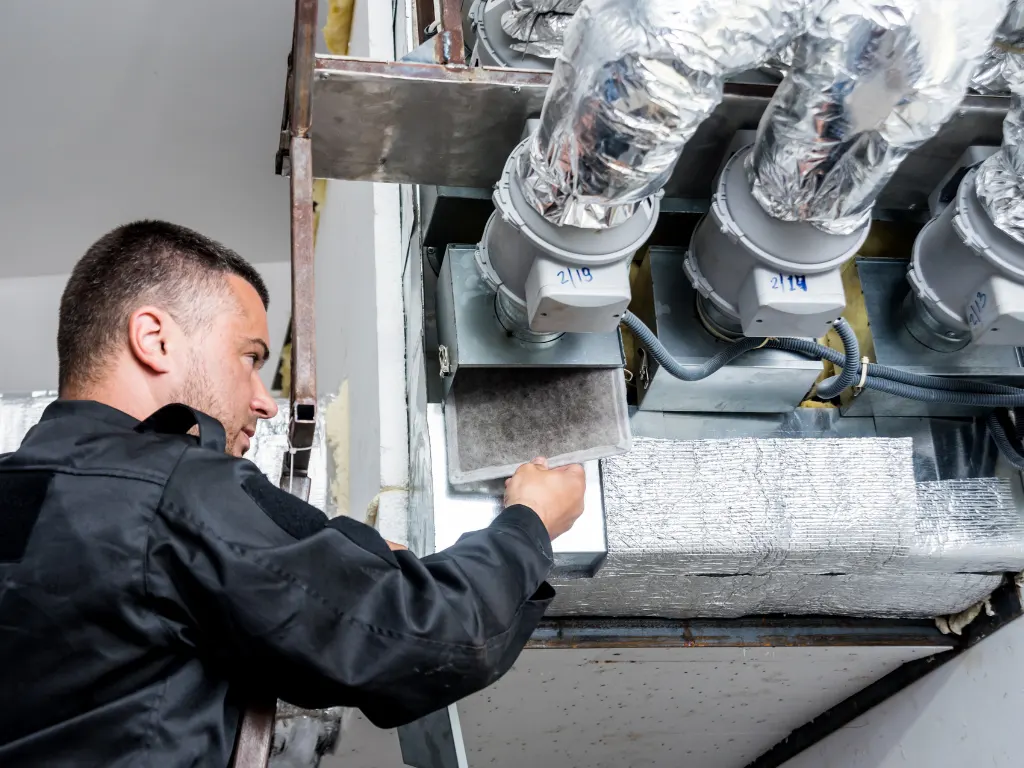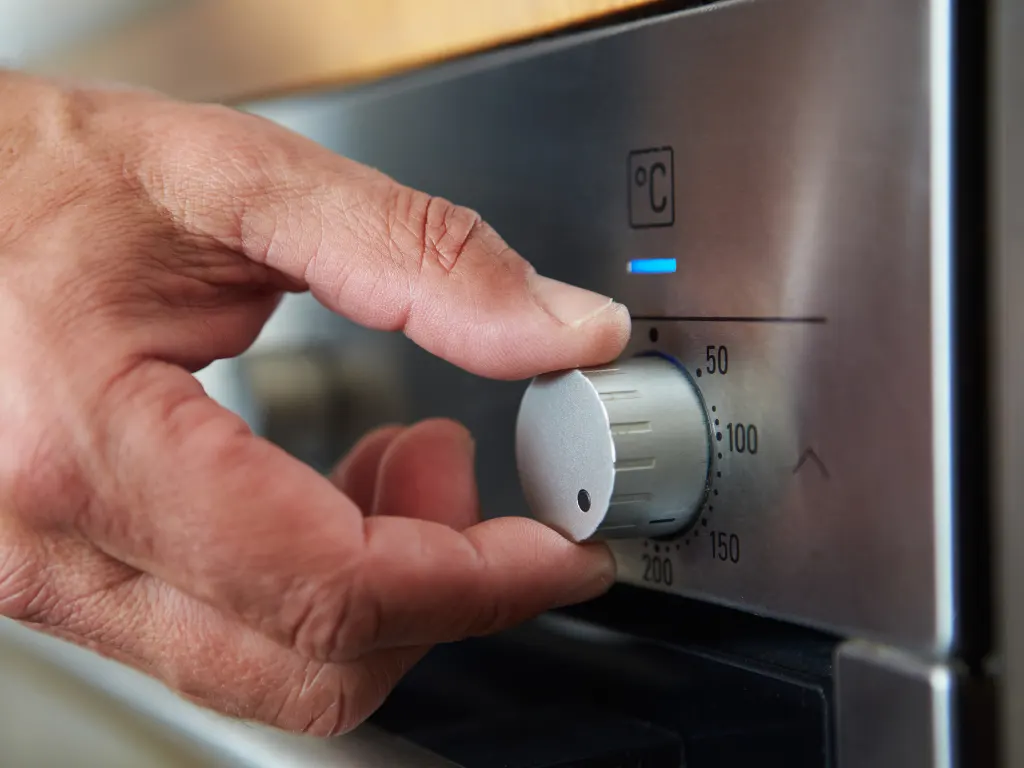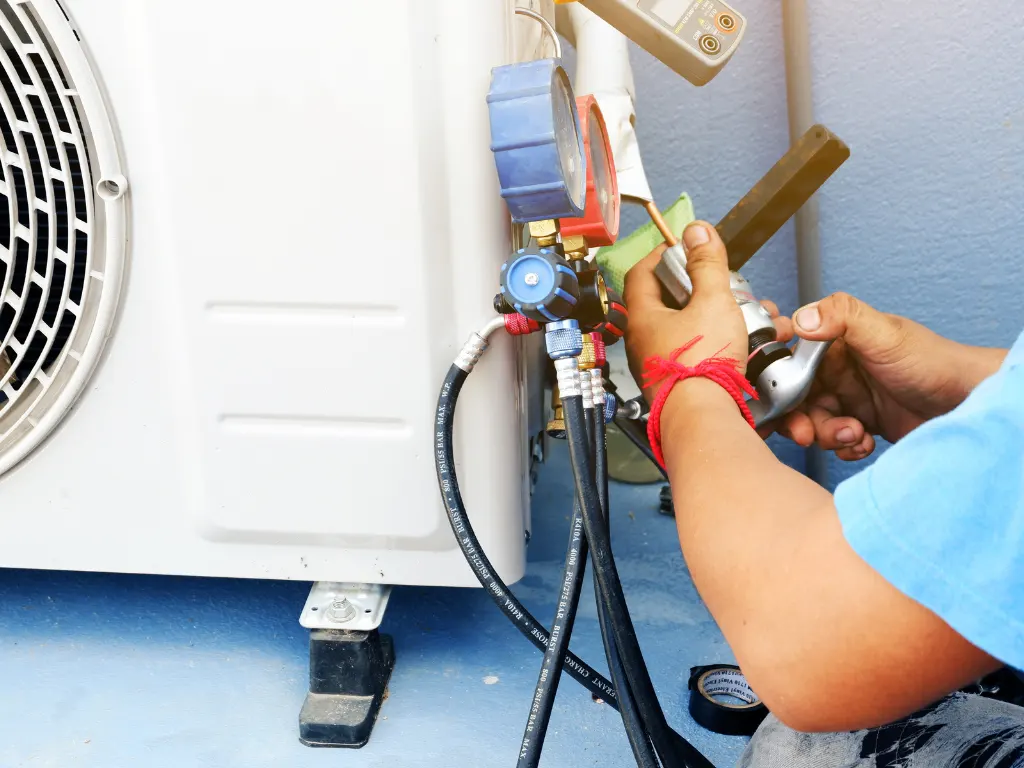Without adequate airflow to cool the inverter, it can overheat and fail prematurely.
So just how much ventilation does an inverter need?
Assessing The Necessary Ventilation Requirements
| Inverter Power | Ventilation Area |
| 500W | 64 sq. cm |
| 1000W | 128 sq. cm |
| 1500W | 192 sq. cm |
| 2500W | 320 sq. cm |
| 3000W | 384 sq. cm |
| 5000W | 645 sq. cm |
When it comes to the ventilation requirements of an inverter, assessing these needs is key.
Understanding The Need for Ventilation

Proper ventilation helps keep the temperature down and prevents overheating, which can lead to costly repairs or even total failure of the system.
Additionally, good airflow is also necessary for optimal performance from your inverter as well as preventing dust buildup.
The key takeaway here is that getting the correct amount of airflow into and out of your inverter will make sure they operate at their peak potential while keeping temperatures under control and avoiding unnecessary wear-and-tear on them over time
Temperature Control in Regard to Inverter Ventilation

In order to ensure that your inverter has sufficient ventilation, you need to consider several factors.
First, think about how much heat your system produces when running normally –
This should give you an idea of how effective your current ventilation system is.
Second, look at the design of your space –
if there are any obstructions such as walls, furniture, or other items blocking the airflow then these must be taken into account too.
Finally, make sure that you have a fan installed near the unit –

This can help circulate air around it and prevent overheating from occurring.
Taking all of this into consideration ensures that your inverters stay safe and reliable for years to come whilst also avoiding costly repairs down the line.
It’s vital that every time you’re working on an electrical system like this, safety always comes first!
Can we keep the inverter in a closed room?
Yes, you can keep the inverter in a closed room.
However, it is important to make sure that the room is well-ventilated and that the temperature remains at an acceptable level.
Additionally, you should ensure that the inverter is not exposed to any water or moisture, as this could cause damage to the device.
Can you put an inverter in a cupboard?
Yes, you can put an inverter in a cupboard, as long as the cupboard is large enough and the inverter is well-ventilated.
It is important to make sure the cupboard is not too small for the inverter, as this can lead to overheating.
Additionally, the cupboard should be made of non-flammable material, such as metal or plastic, to reduce the risk of fire in case of an electrical short.
If the cupboard is too small and/or not well-ventilated, it is best to look for another suitable location for the inverter.
It is also important to ensure the inverter is firmly secured in place, as any movement can damage the circuitry and create a fire hazard.
How much does it cost to install a ventilation system?

The cost to install a ventilation system will depend on several factors, including the size and complexity of the system, the materials used, and the labor costs.
Generally speaking, the cost of installing a ventilation system can range from several hundred dollars to several thousand dollars.

Eng. Matthew Joseph Nandirio is the Founder of walkingsolar.
After graduating from the University of Houston in 2002, matt started working as a Solar Electrical Engineer for several multi-national solar energy companies.
He has a wide range of experiences including solar system requirement analysis, planning, maintaining, debugging and even solar device development through research.
He now shares his 20 years of expertise through his articles on the walkingsolar website.
Further, he is also the author of two books on Solar Technology, “Solar Power for Villages” and “DIY Solar System for Dummies”.
